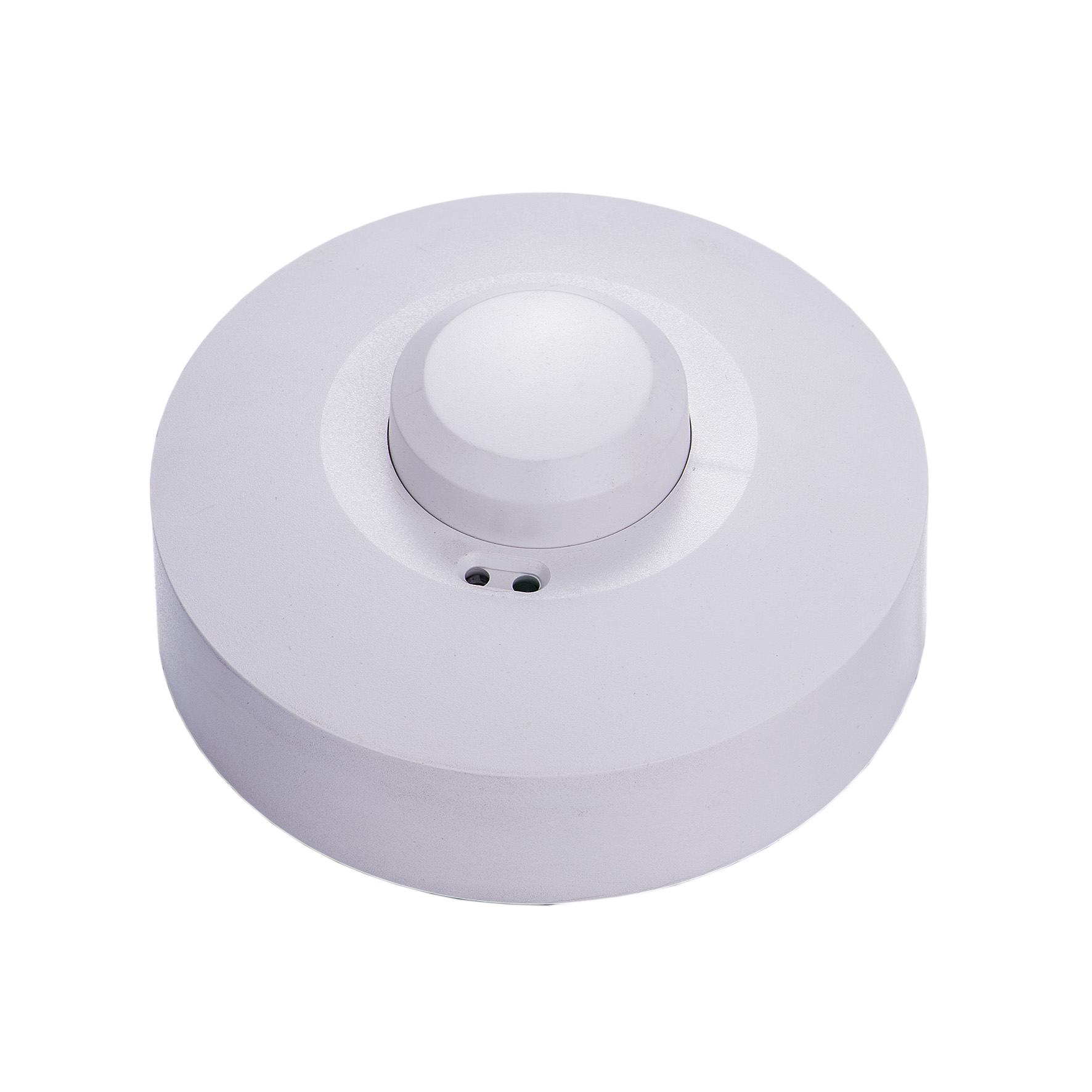Home Automation Integration: Motion Sensor Bathroom Fan
Motion sensor bathroom fans can be integrated with smart home systems, allowing you to control them remotely and automate their operation. This integration provides several benefits, including convenience, energy efficiency, and improved air quality.
Motion sensor bathroom fans are a lifesaver, especially when you’re half-asleep and don’t want to fumble for a switch. Speaking of half-asleep, have you seen the genshin wallpaper out there? It’s so dreamy, it’ll make you feel like you’re in a whole other world.
But back to bathroom fans, I’m telling you, they’re the best invention since sliced bread. No more foggy mirrors or stinky bathrooms. It’s like having a personal assistant for your bathroom, and all it takes is a wave of your hand.
Many popular home automation platforms support motion sensor bathroom fan integration, including Amazon Alexa, Google Home, and Apple HomeKit. These platforms allow you to control your bathroom fan using voice commands, mobile apps, or scheduled routines.
Yo, check this out! I got this sick motion sensor bathroom fan that turns on when I enter the room. It’s like having a personal assistant for my bathroom! Speaking of assistants, have you seen that levi ackerman wallpaper ?
It’s so dope! Anyway, back to the bathroom fan, it’s perfect for those times when you’re too lazy to reach for the light switch. Plus, it’s super energy-efficient, so I can feel good about saving the planet while keeping my bathroom fresh.
Benefits of Integrating with Other Smart Home Devices
Integrating motion sensor bathroom fans with other smart home devices, such as smart lights, thermostats, and air purifiers, can further enhance their functionality and benefits.
- For example, you can set up a routine that turns on the bathroom fan when the smart light is turned on, ensuring proper ventilation during showers.
- Additionally, you can create a schedule that adjusts the bathroom fan speed based on the temperature or humidity levels detected by a smart thermostat or air purifier, optimizing air quality and energy consumption.
Energy Efficiency and Cost Savings

Motion sensor bathroom fans are not just convenient; they can also help you save energy and money in the long run. Here’s how:
Traditional bathroom fans run continuously, even when the bathroom is unoccupied. This wastes energy and can add up to a significant amount of money over time. Motion sensor bathroom fans, on the other hand, only turn on when they detect motion, which means they only run when they’re needed.
Energy Savings, Motion sensor bathroom fan
Studies have shown that motion sensor bathroom fans can reduce energy consumption by up to 50%. For example, a study by the Lawrence Berkeley National Laboratory found that motion sensor bathroom fans reduced energy consumption by an average of 47% in a sample of homes.
Cost Savings
The energy savings from motion sensor bathroom fans can translate into significant cost savings over time. For example, if you have a bathroom fan that runs for 1 hour per day, you could save up to $20 per year on your energy bills by switching to a motion sensor fan.
Design and Installation Considerations

Choosing the right motion sensor bathroom fan for your bathroom is essential to ensure it effectively removes moisture and odors. Consider the size of your bathroom and the layout of the fixtures to determine the appropriate fan capacity.
Motion sensors come in two main types: passive infrared (PIR) and ultrasonic. PIR sensors detect changes in infrared radiation emitted by objects, while ultrasonic sensors emit high-frequency sound waves and detect changes in their reflection.
Installation
Installing a motion sensor bathroom fan requires electrical wiring and mounting. Follow these steps:
- Turn off the power at the circuit breaker.
- Connect the fan’s electrical wires to the corresponding wires in the junction box.
- Mount the fan housing to the ceiling or wall using the provided screws.
- Attach the fan grille to the housing.
- Turn on the power at the circuit breaker.
